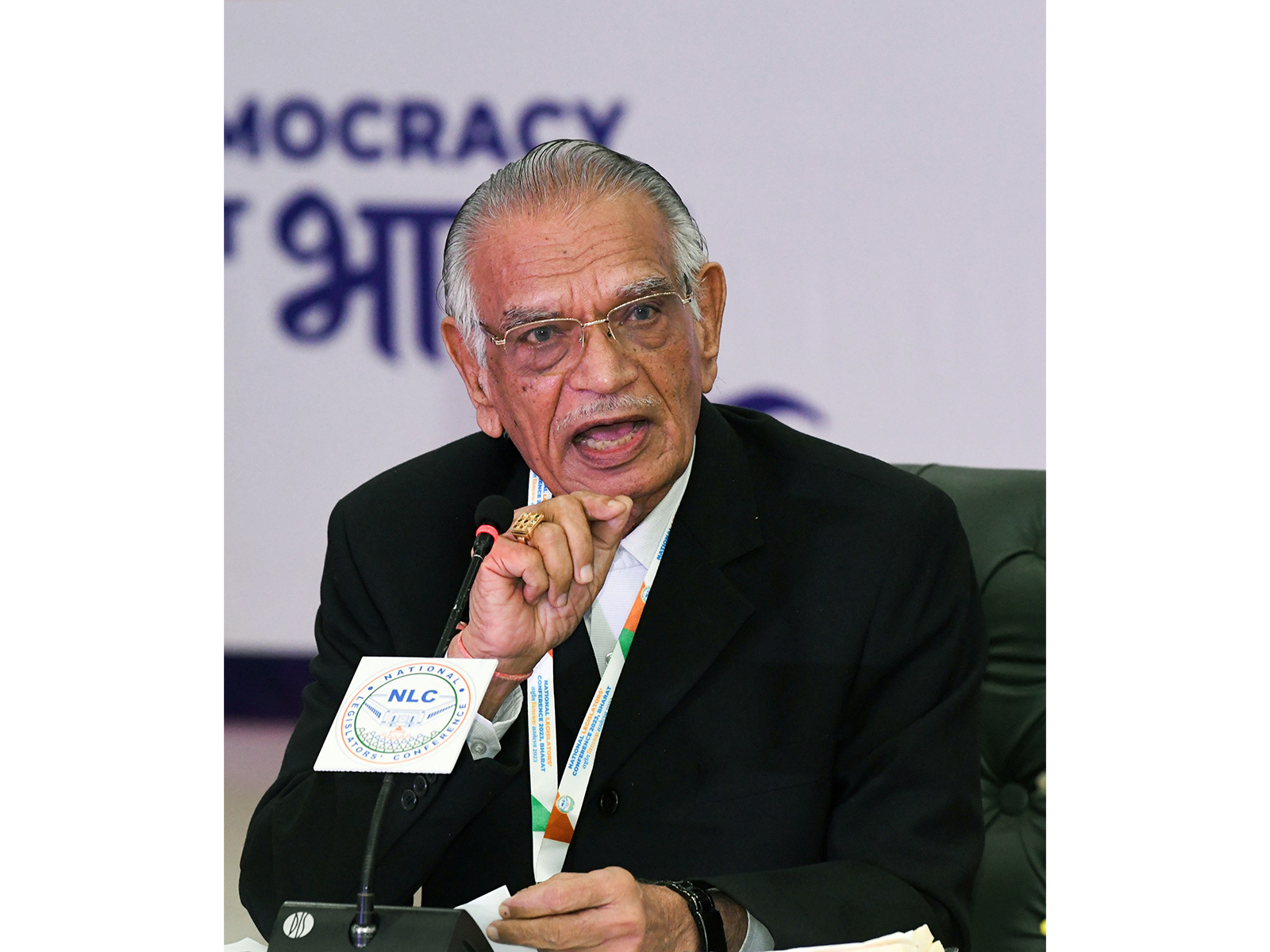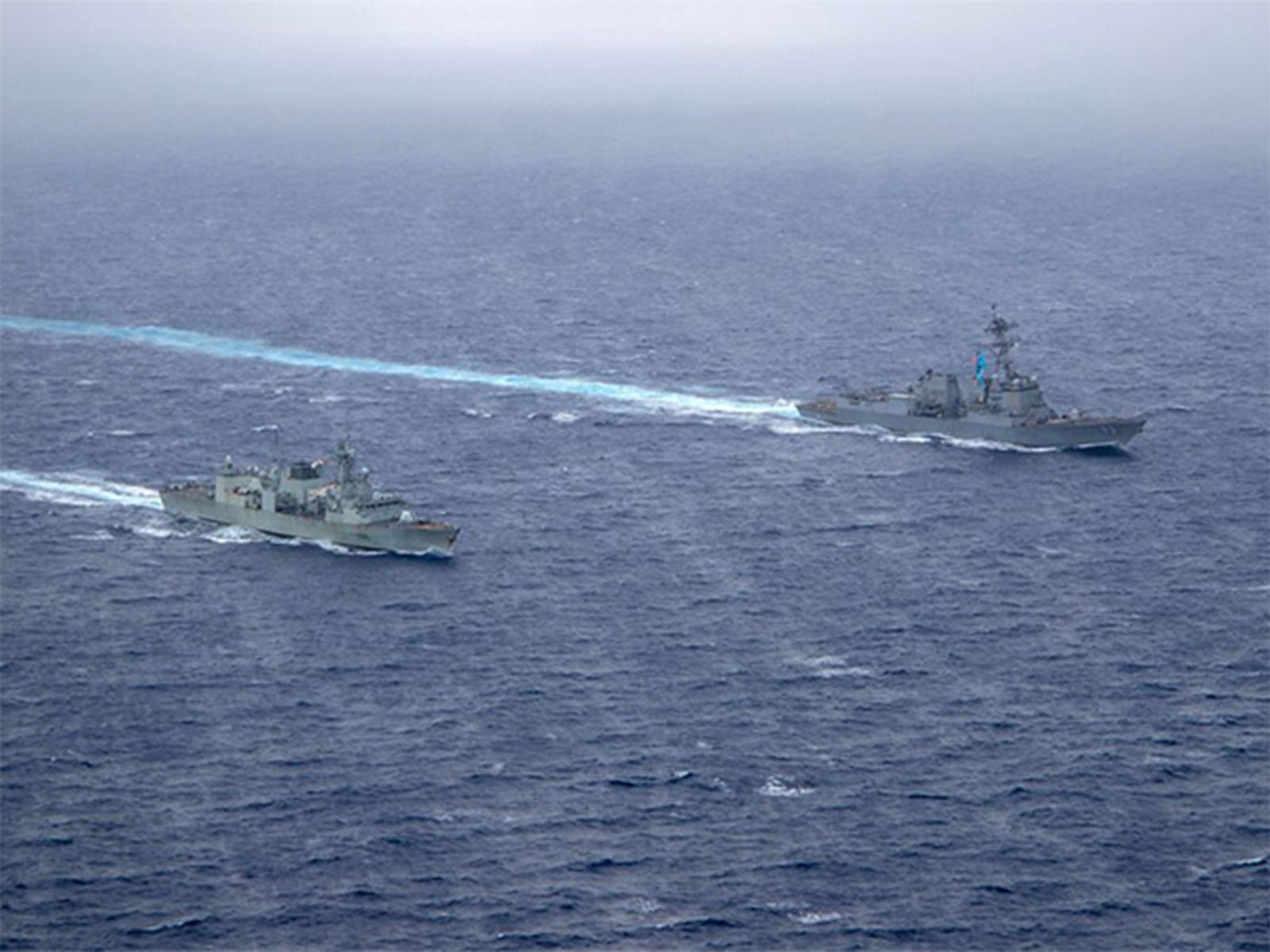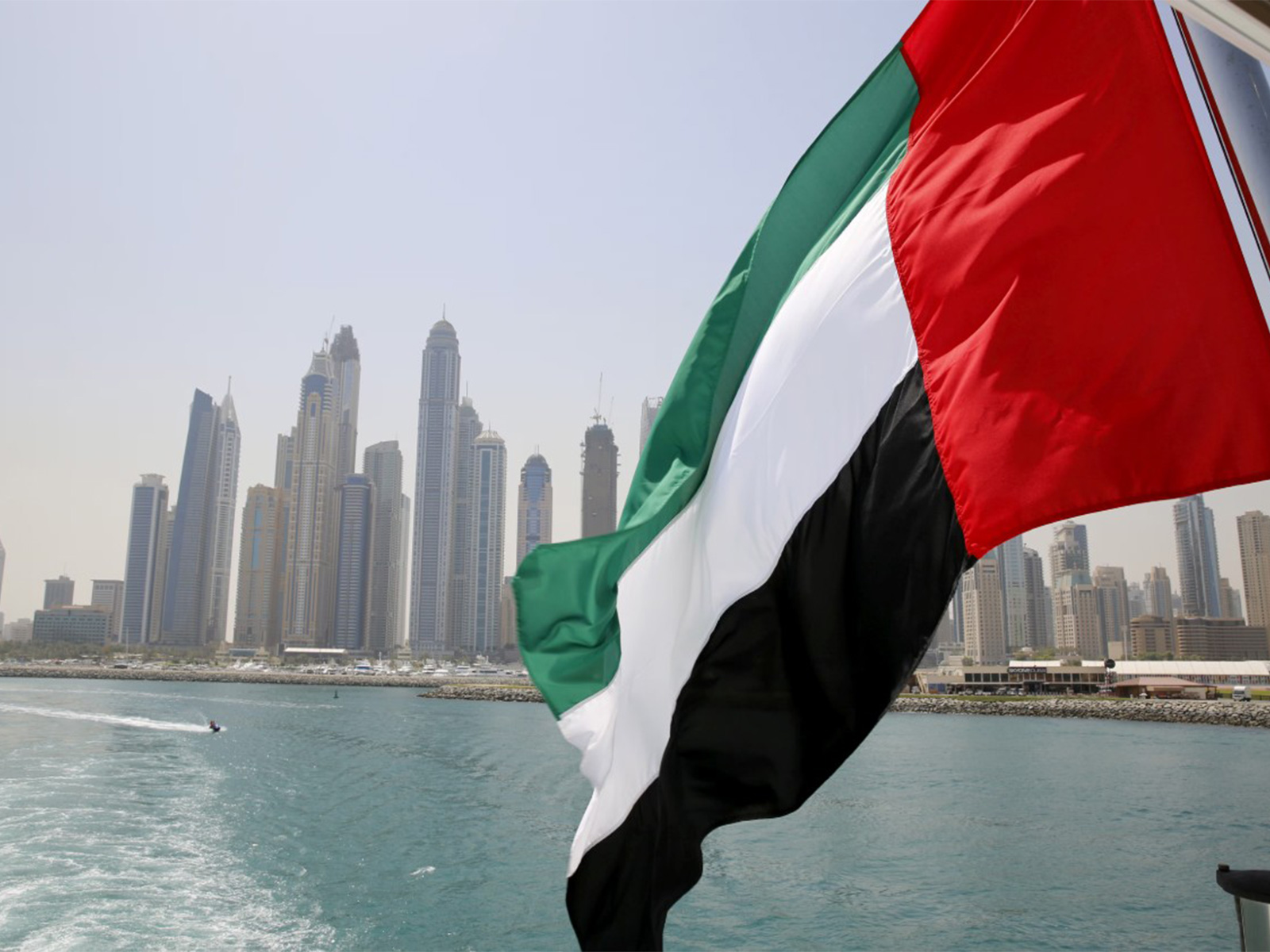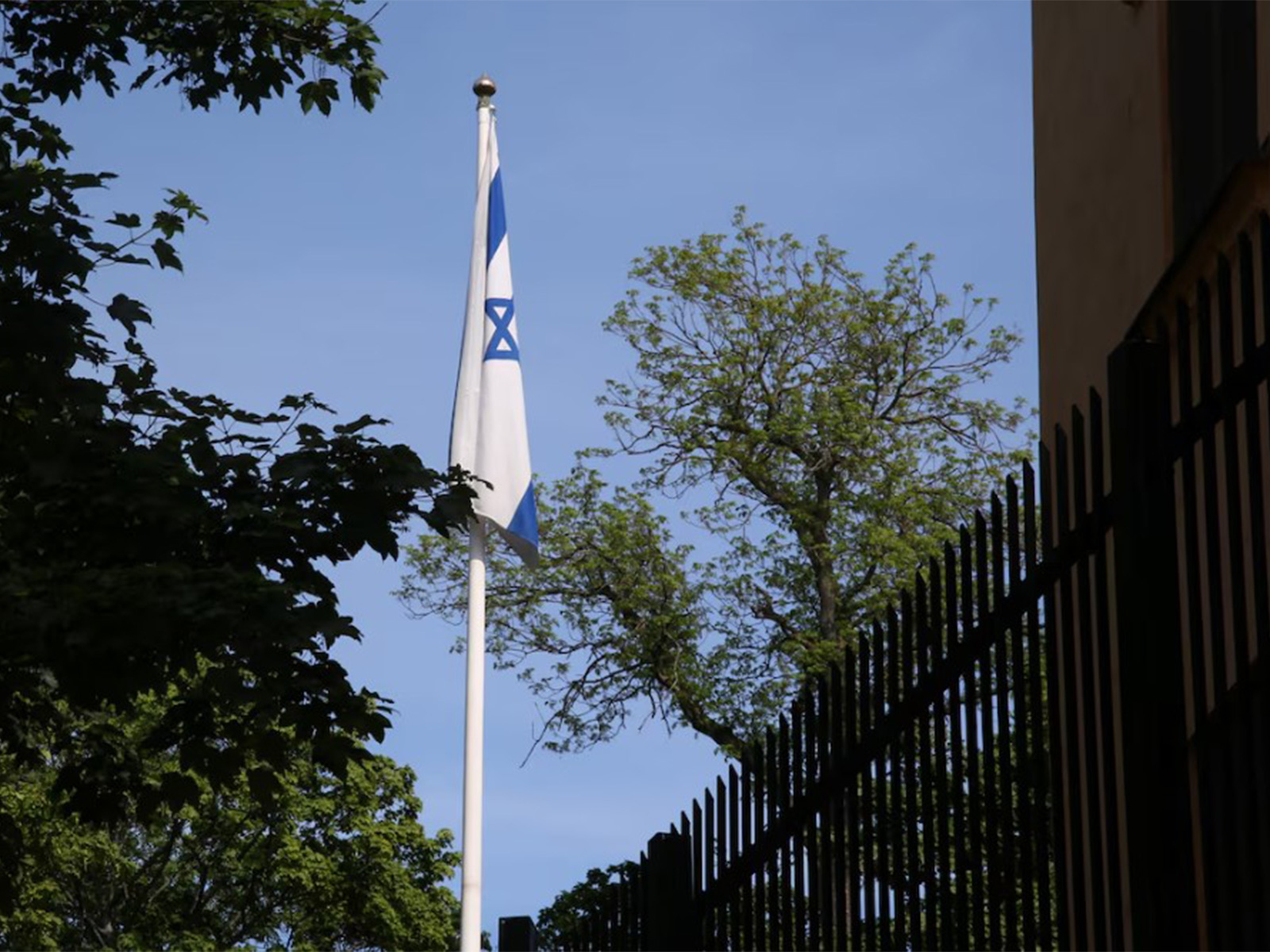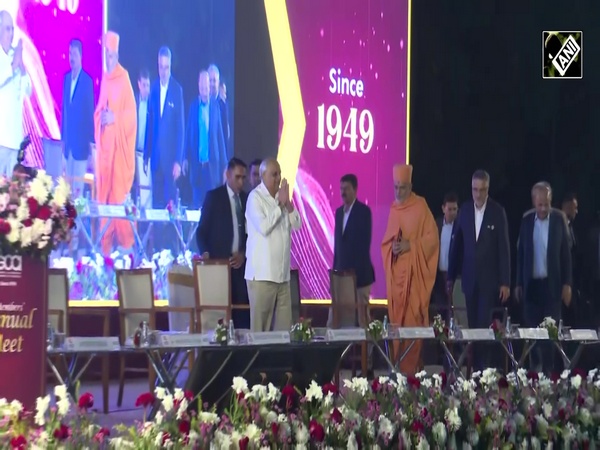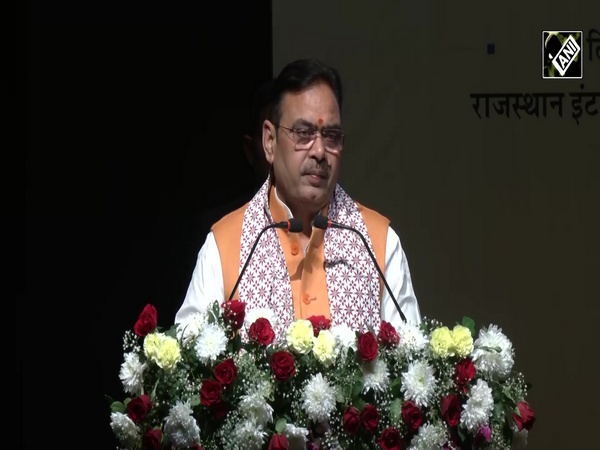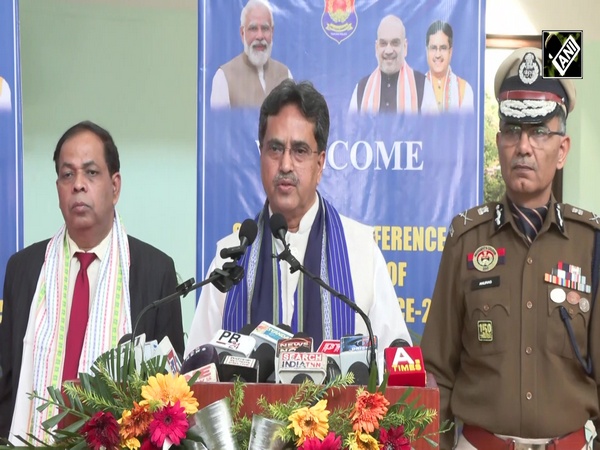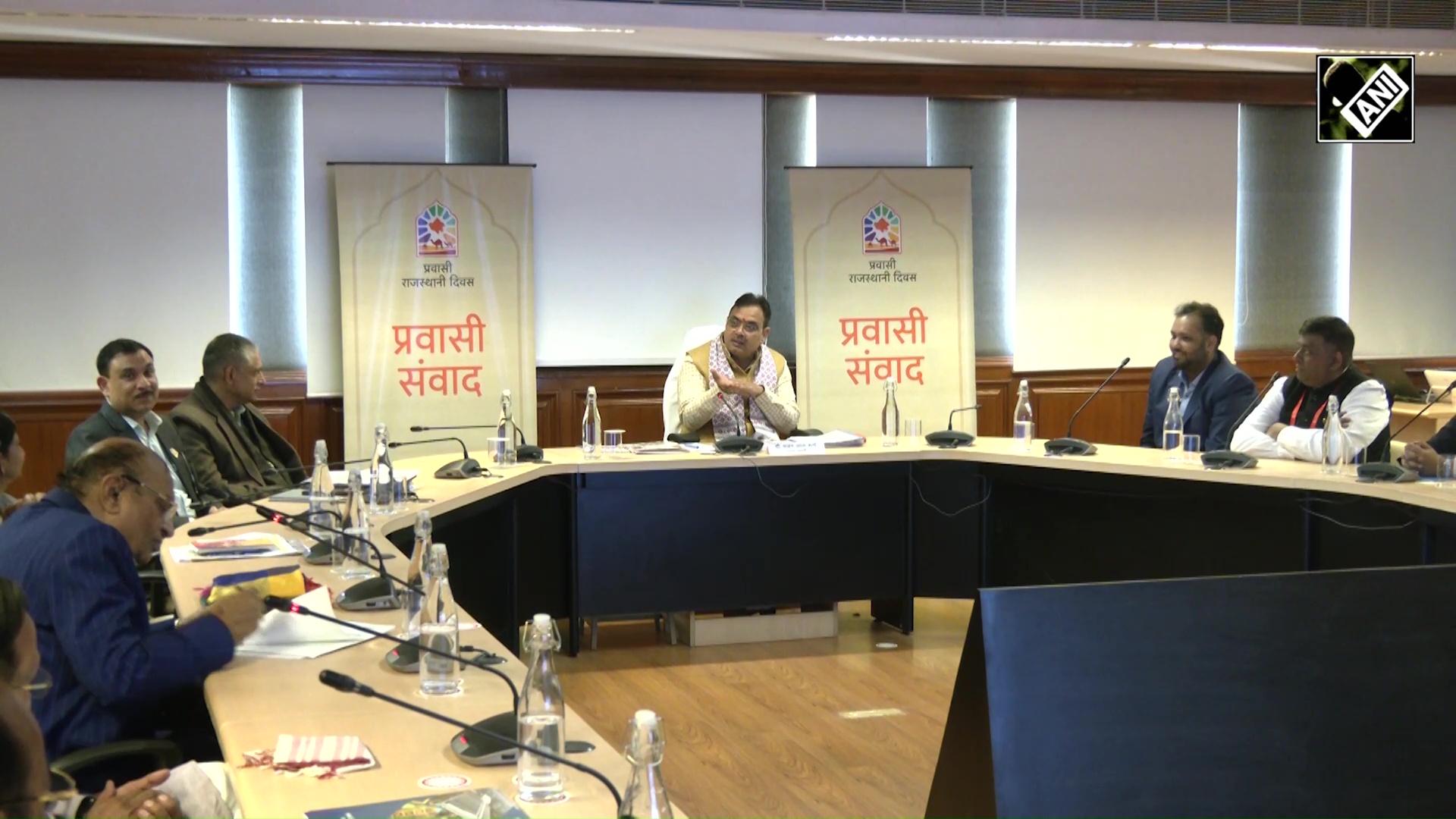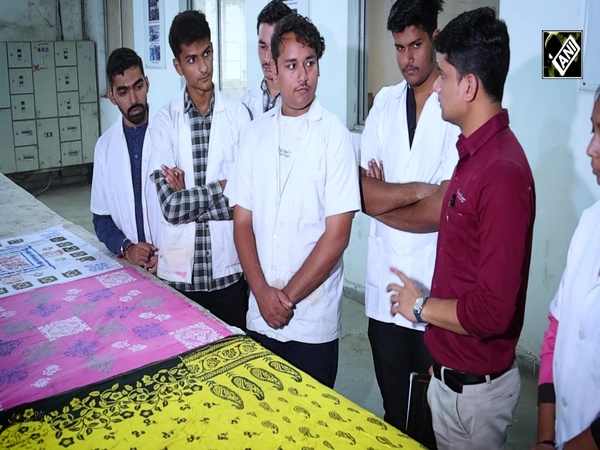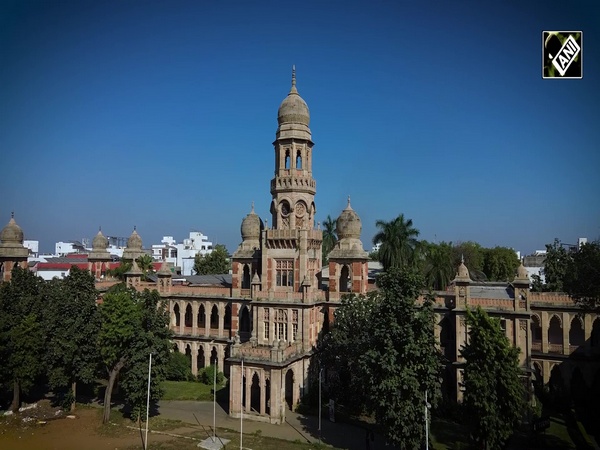Reporting India - My Seventy-Year Journey as a Journalist by Prem Prakash: A review by Ambassador A R Ghanashyam
Mar 05, 2021

New Delhi [India], March 5 :
is a "look back and recall with nostalgia" account of independent India's history seamlessly intertwined with his own life's journey by author Prem Prakash who has had the priceless privilege of witnessing the making of history in the times and tenures of all the Prime Ministers of India from behind his camera.
A superb storyteller, he has also explained beautifully in the book the metamorphosis of the industry of News, Television, Cable, Internet and the latest Satellite communication systems over the decades while depicting the happenings in the world to the world and that is a bonus.
The book's timeline runs parallel to India's modern history. Independent India has witnessed seventeen free and fair Parliamentary Elections with fourteen Prime Ministers at the helm of affairs. The country has negotiated a fascinating, at times treacherous, journey replete with five wars (1948, 1962, 1965, 1971 and 1999) and any number of floods, famines, droughts and diseases not to forget the brutal assassinations of two Prime Ministers and the mysterious demise of a third one. There is also a stretch of 21 months during 1975-77 when the country was put under emergency by Prime Minister Indira Gandhi when fundamental rights of citizens were suspended. The author was also a victim. The mindless mayhem of state-sponsored cross border terrorism which began towards the end of the eighties continues in Jammu and Kashmir.
In Reporting India the author narrates many personal eye-witness accounts including the India-China 1962 War, India -Pakistan 1965 War with interesting details of subsequent Tashkent Agreement, the 1971 War and the creation of Bangladesh and the most recent 1999 Kargil War. The breathtaking political developments and major policy turns and twists in governance during various governments of India, the revealing stories of the Bhopal Gas Tragedy (1984), Operation Blue Star in the Golden Temple in Amritsar (1984), the story of Liberation Tigers of Tamil Eelam (LTTE) in Sri Lanka and the attack on Prime Minister Rajiv Gandhi in Sri Lanka (1987), The India -Pakistan Summit in Lahore (1999), the hijacking of the IC-814 (1999) and the India-Pakistan Summit in Agra (2001) not to forget the war, Taliban and the politics of terror in neighbouring Afghanistan and more make the book an enjoyable and educative read for students, scholars and connoisseurs of history alike.
When India attained independence in 1947, the country's population was 340 million and the GDP was INR 2.7 trillion - a paltry 3% of the global GDP. Life expectancy was a dismal 32 years and the literacy rate an abysmal 17%. During 1950-51 the contributions to the GDP by agriculture, industry and services sectors were 56%, 15% and 29% respectively. Agriculture employed the largest work-force of 72 per cent with the Manufacturing and Services accounting for 10% and 18% jobs respectively. Former Prime Minister Dr Manmohan Singh once lamented, "The brightest jewel in the British Crown was the poorest country in the world in terms of per capita income at the beginning of the 20th century."
After century-long handling of India by the East India Company and another century when it was directly under the British Crown, the India of 1947 was not very different from what Dr Singh opined. Be that as it may, before the onset of corona-19, India was the 5th largest economy in the world in Purchase Power Parity terms which is an amazing feat. How individual Prime Ministers of India starting with Pandit Nehru tried to build a modern India from the debris of two centuries' rule by the British Empire is in itself a great story and has been narrated by many authors, Indian as well as foreign. The book under review is unique since it is narrated by an Indian journalist associated life-long feeding news to western News Agencies in addition to his own Indian outfit.
The memories of the author from his childhood days in Chandni Chowk and the tense times of hosting near and dear ones who had arrived from erstwhile West Pakistan after partition in the home of the author's parents makes a poignant beginning for the book. The story of how the Gulmohar enclave was planned and built for journalists with help from Prime Minister Lal Bahadur Shastri reveals how Prime Minister Lal Bahadur Shastri resolved a tricky issue. The setting up and consolidation of the Asian News International and the impact of newer and better technologies over decades and many a revealing personal anecdote with individual Prime Ministers and other leaders have been interwoven with the main narrative with finesse.
This was an unputdownable book. But it ended too quickly and early leaving the reader longing for more. That was perhaps because the story was big and the author had planned a smaller canvas and not desired a magnum opus. It is a well written good read and go for it book. I strongly recommend it.
(Disclaimer: The author of this article is former Indian Ambassador A R Ghanashyam)
